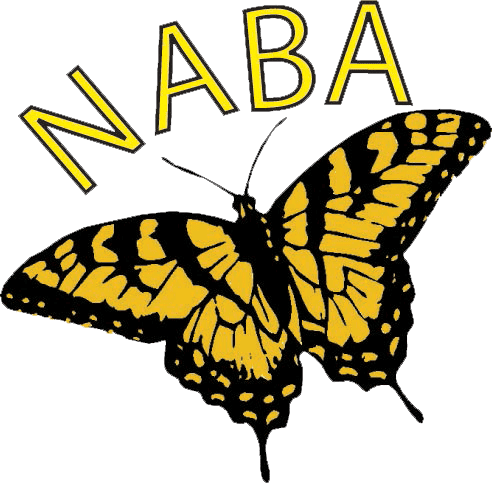Northern Spicebush is a feast for the eyes as well as for butterflies.

It is Spicebush season in the butterfly garden. In the spring, Northern Spicebush is one of the first native shrubs to bloom. The flowers of Northern Spicebush are numerous, pale yellow, lightly fragrant, and, under the right weather conditions, can bloom for up to two weeks.
Fitting Northern Spicebush into a garden is easy. Shrubby by nature, it can be kept to a small size by cutting back the larger branches every so often. It can even be cut back to the ground, with new growth coming back as a profusion of twiggy stems. In fact, older large bushes tend to become brittle and benefit from a trim before limbs break under winter snow loads.

Butterflies do not often visit Northern Spicebush flowers for nectar; other small insects, including bees and flies, primarily cross-pollinate the spring flowers. Starting in late spring or early summer, the Spicebush Swallowtail will lay eggs on the Northern Spicebush leaves. The resulting caterpillars will feast on the leaves until it is time for them to pupate.

Spicebush finishes the garden season with colorful leaves. If you happen to have both a male and female Northern Spicebush in your garden, fall will also bring on a brief display of red berries on the female Northern Spicebush. Look for the berries in late summer to early fall. They are a favorite food of many birds and mammals so they will not be left on the shrubs for very long.
